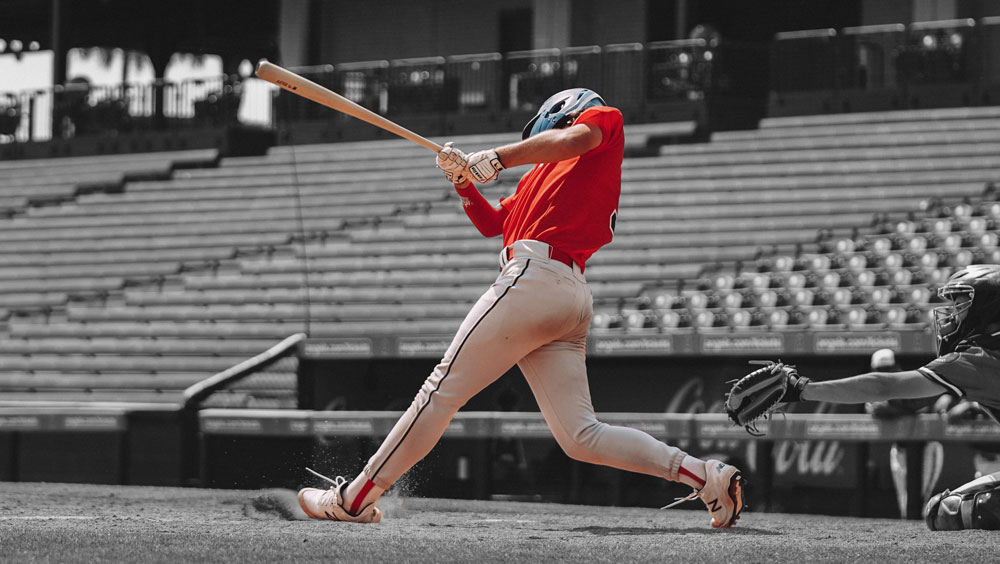Baseball is one of the most popular sports in the world, played at professional, collegiate, and amateur levels. But just how many players are on a baseball team? Understanding the number of players on a baseball team is crucial for fans, players, and coaches to fully grasp the game’s dynamics. In this comprehensive guide, we’ll break down the typical roster size and explain the various positions in baseball.
How Many Players Are On A Baseball Team?
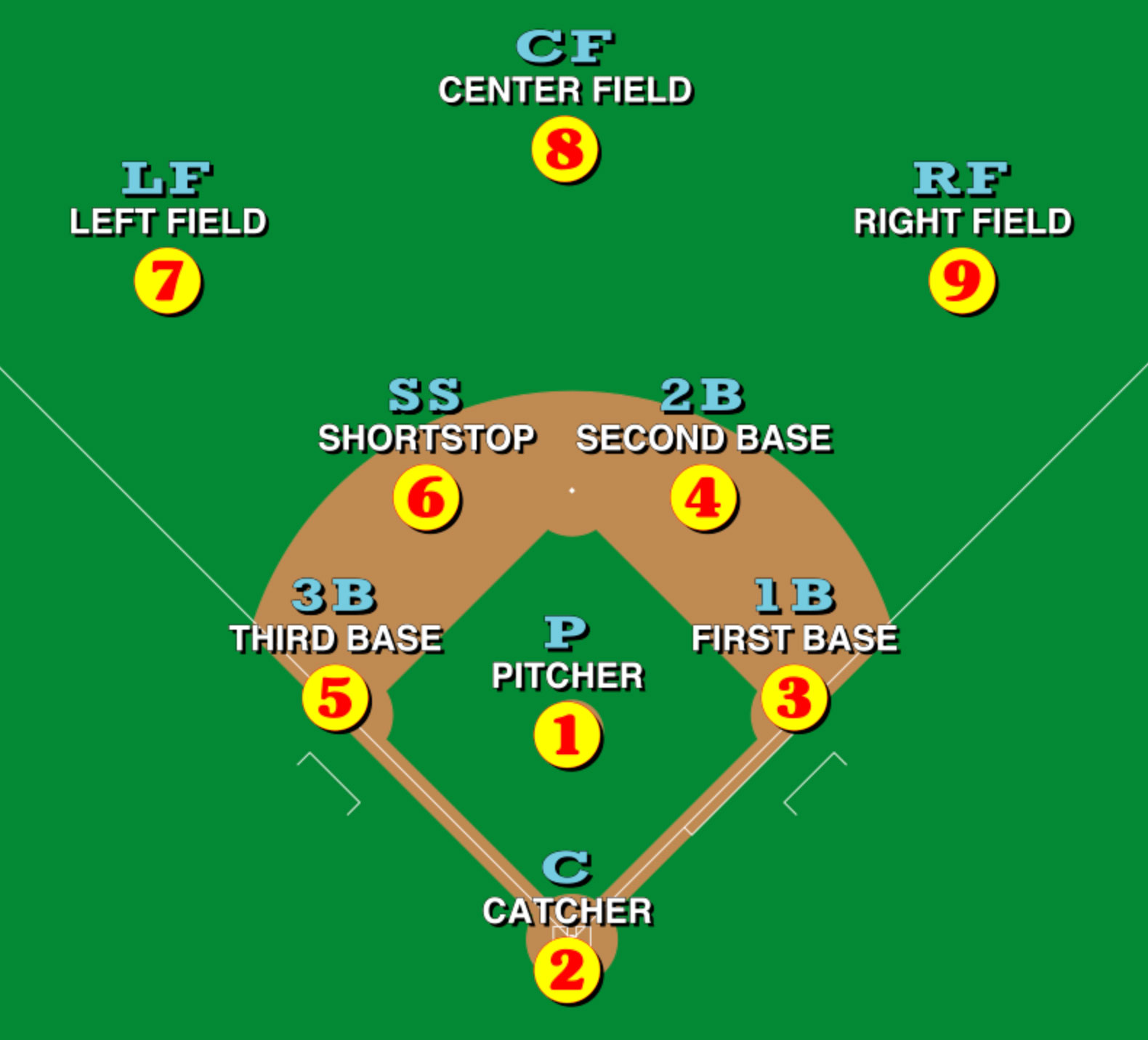
A Major League Baseball (MLB) team typically has a 26-man active roster, which includes both position players and pitchers. However, the roster can expand to 28 players in September. Beyond this, teams also maintain a 40-man roster, which includes additional players eligible for call-ups. Understanding the roster size is essential for comprehending how teams manage their lineup throughout the season..
Active Roster VS Expanded Roster

During the regular MLB season, teams operate with a 26-man active roster. These players are the ones eligible to participate in games. Once September arrives, the roster expands to 28 players, allowing teams to bring up additional talent. This expansion provides teams with more strategic options as they prepare for the postseason..
Role Of Position Players
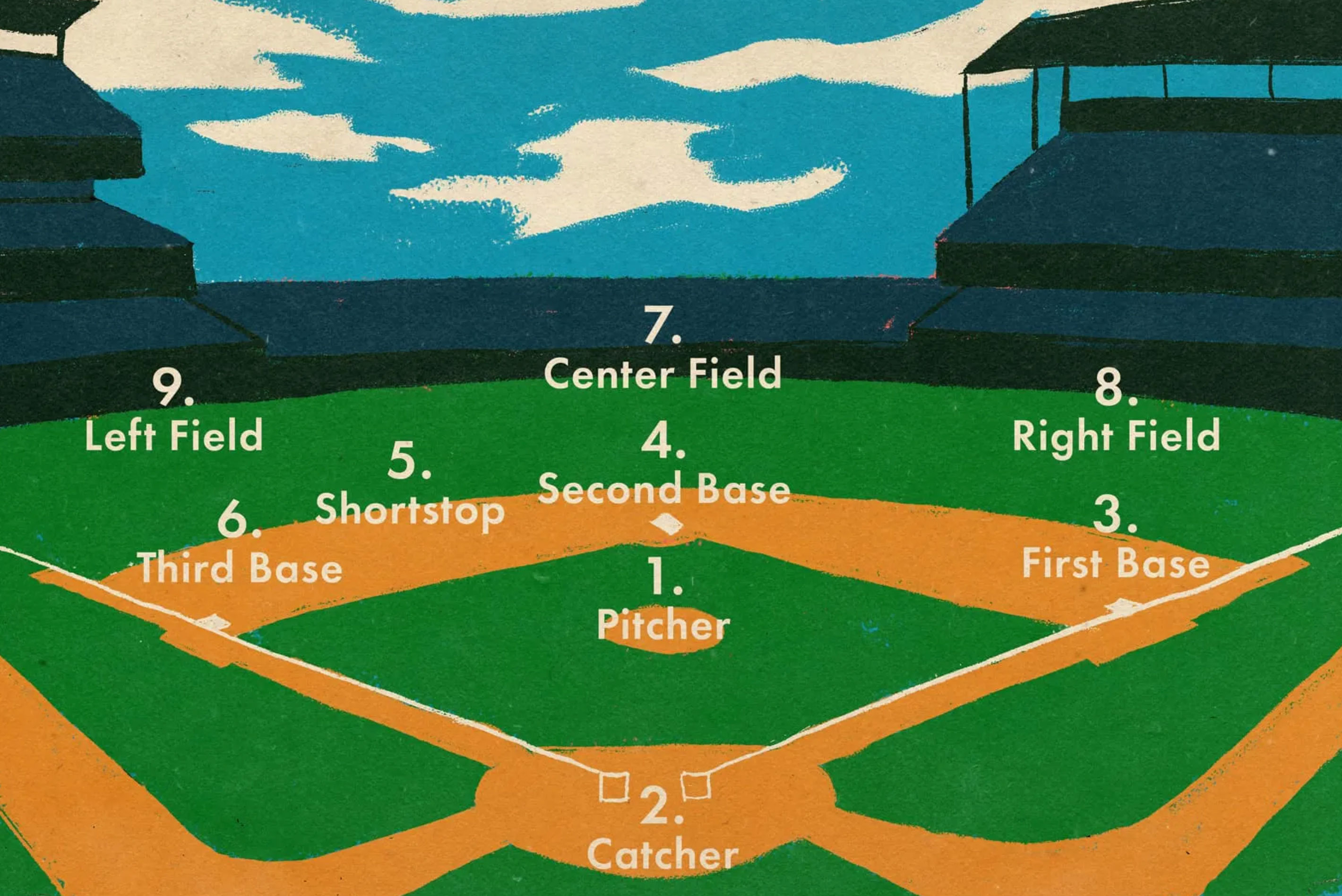
A baseball team consists of position players who primarily play offense and defense. These include the infielders (first baseman, second baseman, shortstop, and third baseman), outfielders (left field, center field, and right field), and the catcher. Each of these positions is crucial to the team's performance and requires specialized skills..
How Pitchers Contribute To A Team
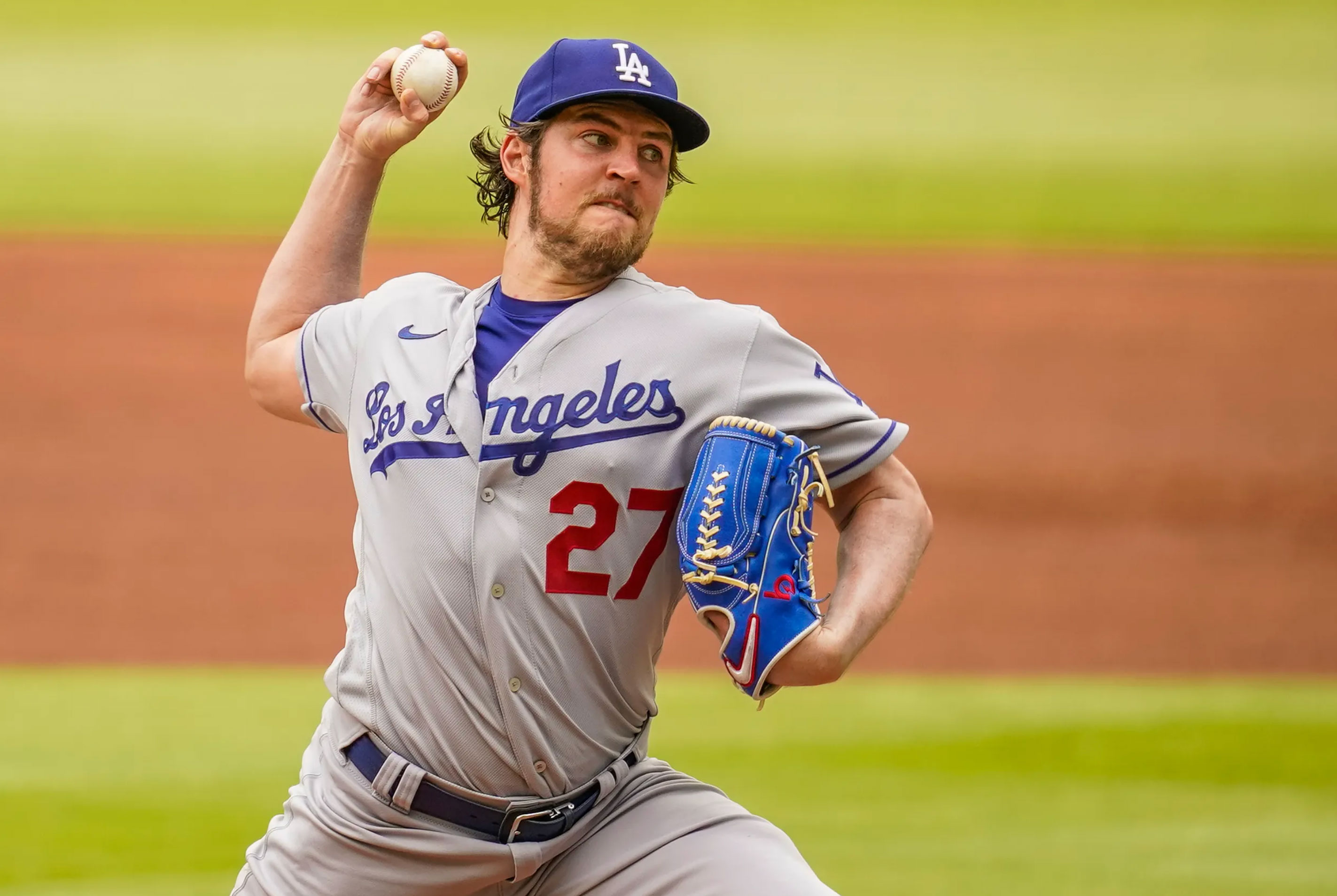
Pitchers play a significant role in a baseball team’s success. A team usually carries multiple pitchers, including starters and relievers. Starting pitchers typically take the mound for the first several innings, while relief pitchers and closers finish out the game. Teams strategize carefully in managing their pitching staff to ensure success throughout a long season..
Bench Players And Depth
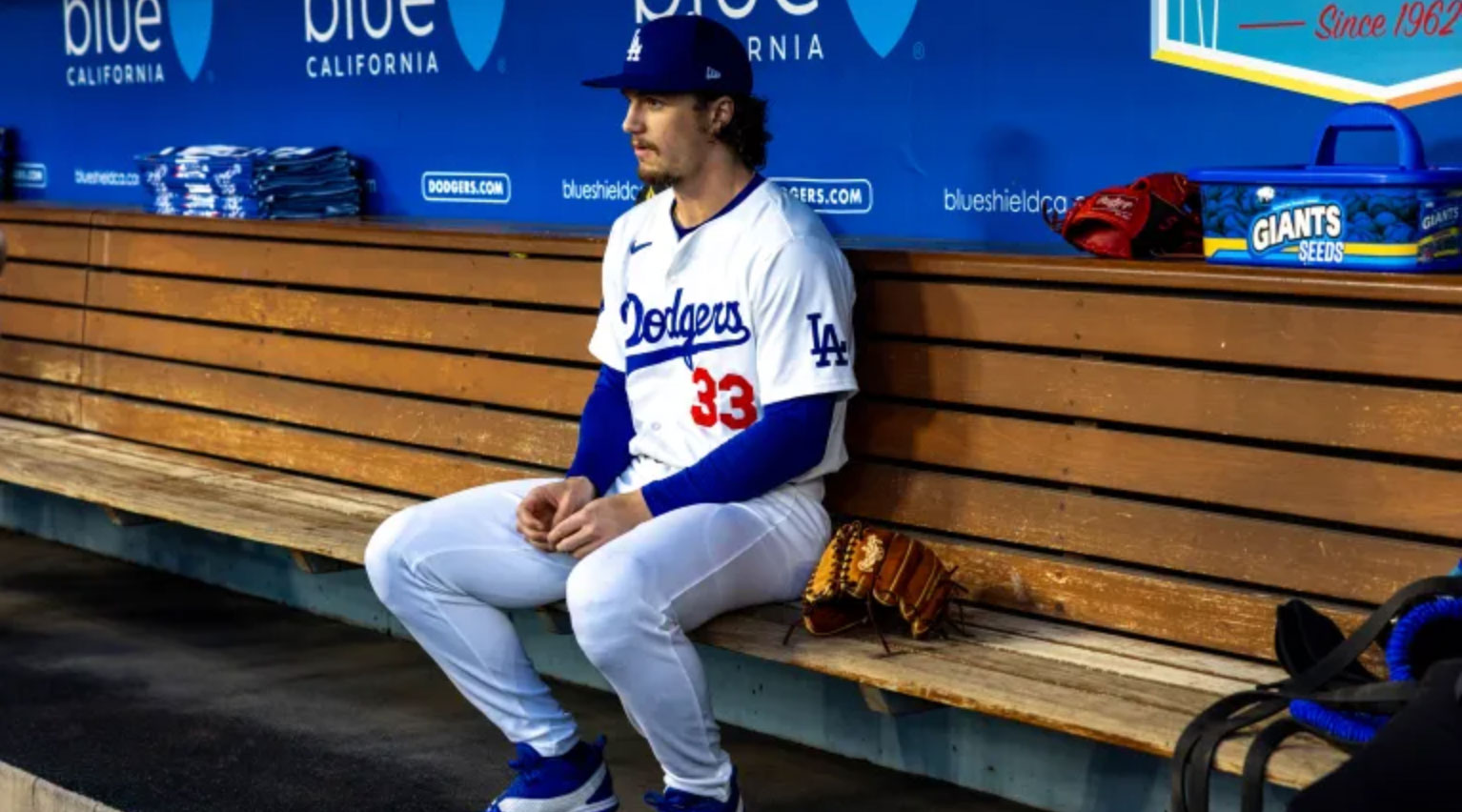
Beyond the starting lineup, teams have bench players who can come in as substitutes or pinch hitters. These players provide roster depth, allowing managers to make strategic moves throughout a game. Having a strong bench can be the difference between winning and losing close matchups..
Minor League And Farm System Players
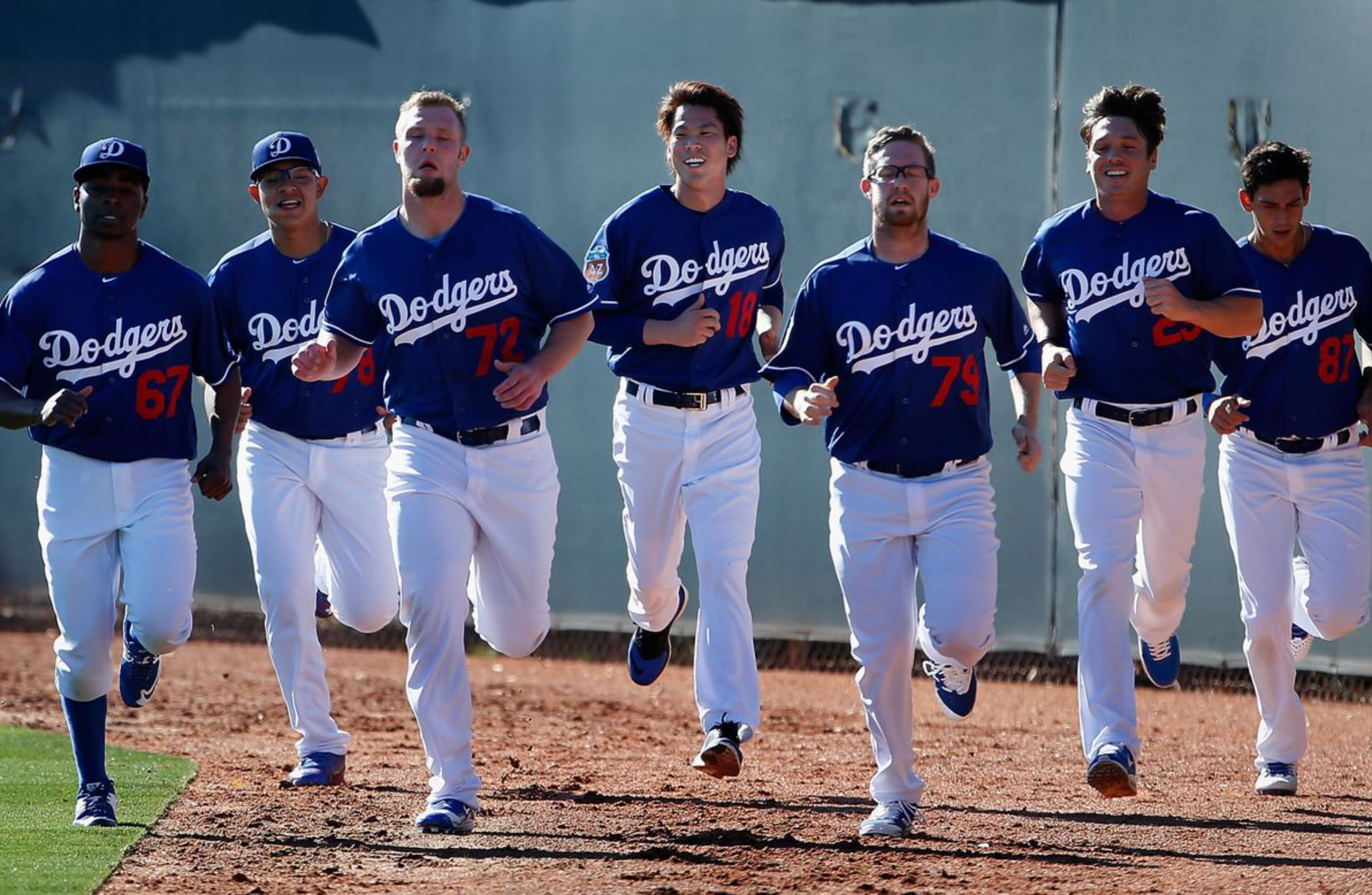
In addition to the Major League roster, organizations maintain minor league teams, commonly referred to as the farm system. These teams help develop younger players who may eventually be called up to the big leagues. The farm system plays a crucial role in the success of any MLB franchise, providing future talent and roster flexibility..
Baseball Team Roster At The Amateur Level
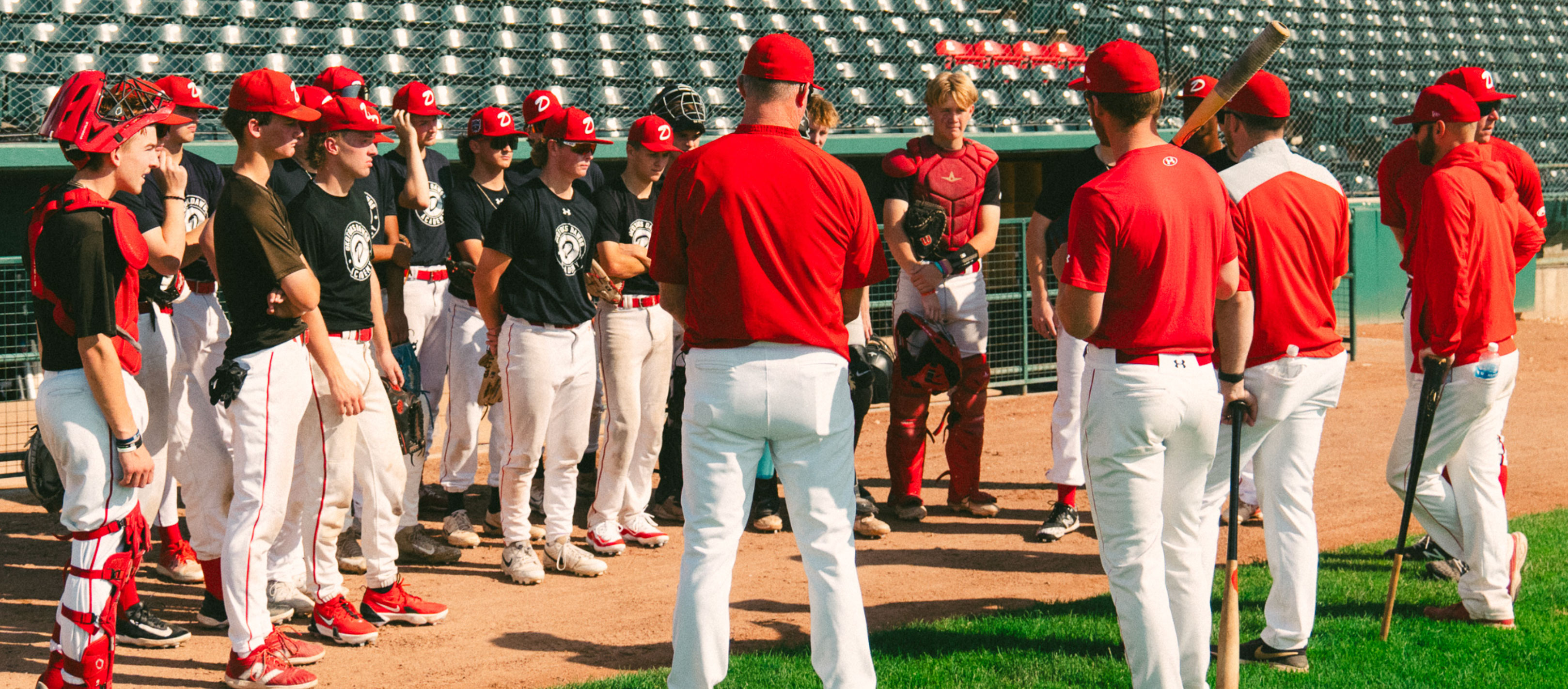
At the high school and college levels, baseball teams also have varying numbers of players. High school teams generally carry 15 to 20 players, while college teams can have more, depending on roster rules. These teams follow similar roles and positions as professional leagues but often emphasize player development..
Special Roster Considerations
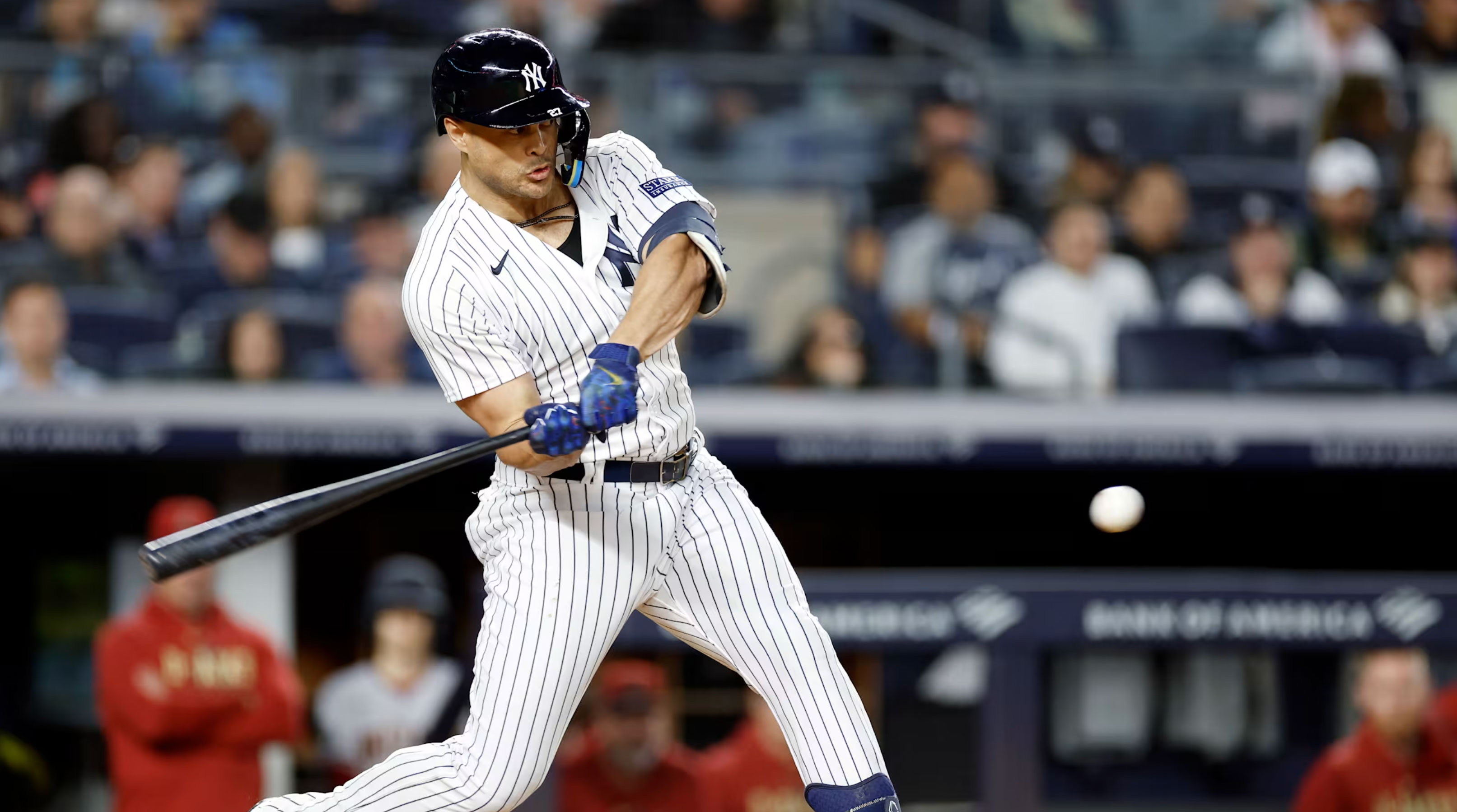
Certain baseball variations, like Little League or independent leagues, have different roster sizes. Little League teams usually have 12 to 15 players, while independent leagues can set their own rules. These variations demonstrate how format and level of play impact team structure..
So, how many players are on a baseball team? The answer depends on the level of play, but professional baseball teams typically have a 26-man active roster, with additional players in the farm system. Understanding roster sizes and player roles can enhance your appreciation of the game, whether you're a fan, player, or coach. Whether in Major League Baseball or high school leagues, team size and structure significantly impact team strategy and performance.

